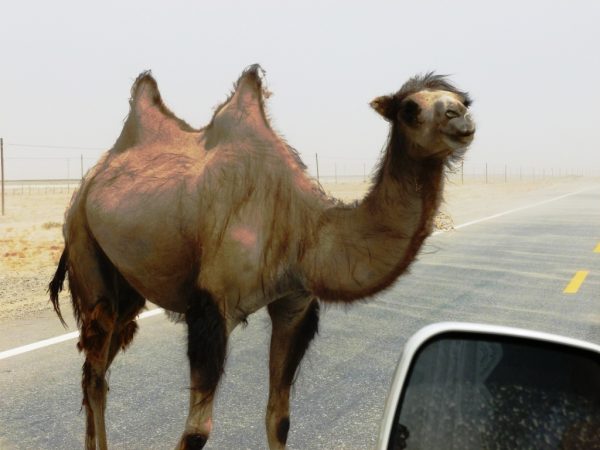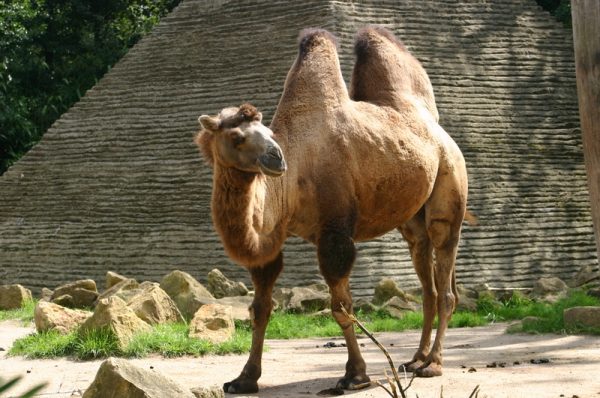Camels Store Water in their Humps, True or False?
According to The Times the answer is false! For years people have believed the myth that camels store water in their humps to survive desert life, but the rumours just aren’t true. Whilst camels are indeed built to make the best use of any water they happen upon, their humps play no part in this at all.
So, why do camels have those large humps on their back then? The humps are there for fat storage. Yes, those big humps are filled with fat!
The reason for this is because food isn’t always available in the desert. So, when food is scarce the camels end up using the fat from their humps to give them energy. “They deal with dry seasons when food and water is scarce,” said Rick Schwartz, an animal care supervisor and national spokesperson at the San Diego Zoo.

When food does become available the camels make a big feast of it so that they can store as much fat as possible. This allows them to survive long periods of time without food.
When a camel’s hump is built up to its maximum capacity, a camel can go between four and five months without eating. Once they have used up their entire storage of fat, the humps will then deflate and go floppy and flabby. The humps won’t inflate again until the camel refuels.
Camels are not born with these humps. Calves don’t grow them while they are nursing because all of the energy they need is coming from their mother.
They don’t start to wean until they are between 4 and 6 months old which means they don’t start developing their humps until they are between ten months and one year old.
But, if the camels are wild, it is essential that they develop their humps within their first year to deal with the changing seasons. They need to be able to store fat for their first experience of the dry season.
Usually, people imagine camels to have two humps, but not all of them do. There are two types of camel, the camel that has two humps is called the Bactrian camel (also known as the Mongolian camel) and is usually found in Central Asia. The other type of camel you might find is the Dromedary Camel (also known as the Arabian Camel) and these camels have only one hump.
According to Rick Schwartz the extra hump does not allow the Bactrian camels to go any longer without food than the Dromedary camels. In fact, the Dromedary camels hump can store up to a whopping 80 pounds of fat.
Most animals store their fat around their stomach and sides whereas camels store it on their back. It is thought that this is because camels develop callouses on their stomachs to protect them from the hot ground when lying down and storing fat around that area could cause problems.

The blood vessels on the belly are also close to the surface to help keep the animal cool so any extra padding could prove to be problematic.
Because camels are tall and narrow, they are exposed to less heat. If they were to store fat on their sides, they would be wider and therefore exposed to more heat. This is another suggestion as to why camels store their fat on their backs rather than their sides.
Even though their humps don’t directly store water, camels are great at retaining water. When camels find water, they can drink in the region of 30 gallons in one go.
Another Article From Us: Scientists Discover That Platypuses Glow Under UV Light
Their kidneys work hard to remove toxins from the water in their bodies so that they can retain it for longer and they also retain some water by passing dry faecal matter. Perhaps this is the reason the ‘camels store water in their humps’ myth came about!





